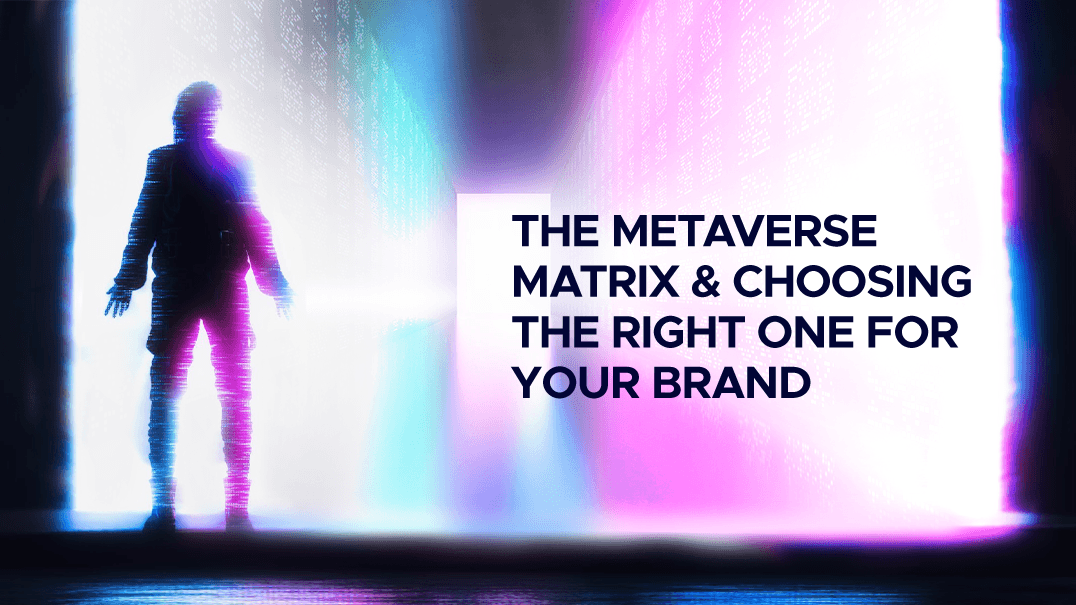If you are looking for video production services in the Dubai area, it can be difficult to find a reliable provider. However, fear not! Several video production companies in Dubai offer excellent service and unbeatable quality.
There are many benefits that businesses can enjoy by working with a professional video production company. A high quality, well-produced video demonstrates a commitment to professionalism and can help improve a company’s image. A professional video production company will also have up-to-date knowledge on the latest video and streaming technologies as well as distribution platforms. This means that they can help you make the most of your video content and ensure that it reaches your target audience.
Luckily, There are some of the best video production companies in Dubai to hire. Use our list to discover and connect with the best production houses in Dubai. Assess their case studies, project types, and client reviews to decide which company is the most suitable fit for you.
List of the Top Dubai Video Production Companies 2023 | Production House Dubai
1. MoonBox – Foremost Video Production Company in Dubai, UAE
Moonbox is a favourably acclaimed creative video production company in Dubai, UAE. They work with advertisement agencies, government departments, and brands to make videos that are created to inspire and connect with audiences through clear and influential storytelling.
At Moonbox, They have vast years of knowledge in the business and comprehend what their clients require. They offer proficient videography Dubai services and specialize in unique branding services. No matter what your industry, they can assist you with your video production needs.
Their skilled and trained Dubai videographers have the skill set to create high-quality videos for any project you have in mind – whether it’s a one-on-one interview or an enormous commercial shoot with numerous cameras. If you’re looking to advertise your product, brand, or vision through video, they can deliver you creative ideas and solutions to make your project a triumph. They can also capture cherished memories of your most anticipated event so you can love them for years to come.
Location :
Latifa Towers, 34th Floor, Office 3401, Sheikh Zayed Road, Dubai
2. Mr Creative Social – Video Production House in Dubai
Mr Creative Social is one of the video production houses in Dubai that is dedicated to creating unique stories to improve the connection you have with your customers and audiences. They have worked with clients all over the world since 2012 and have extensive experience in translating messages and stories into content that is inspiring and engaging for their multi-channeled world.
Location :
10th Floor, Concord Tower, Media City, Dubai
3. Doleep Studios – Dubai Film Production Company
Doleep Studios is an all-inclusive video production company based in Dubai and Abu Dhabi. They offer services such as film production, and corporate videos, and are considered to be one of the best-rated video production companies in the UAE. Doleep Studios is a subsidiary of Mill World Holdings.
Location :
Dome Tower – Cluster N – Jumeirah Lake Towers – Dubai
4. HyperJump Productions
At this production house, all content is high-quality and curated to be bespoke. Their cinema standard film gear and specialized team allow them to take on projects quickly and efficiently. From the creative concept to production, their team handles everything swiftly and professionally. All projects have a cinematic approach that is tailored to the client’s specific needs.
Location :
Dubai Media City Building 8 – Office 526 – Al Sufouh – Al Sufouh 2 – Dubai
5. Film District Dubai
Film District Dubai is the leading video production company in Dubai, UAE known for their quality work. Their portfolio highlights the various styles and formats of videos they work in – you can approach them on YouTube, Vimeo or their website for examples of their work. At Film District Dubai, they produce different types of videos including films and TV productions, television commercials, web commercials, corporate videos, product videos, customer testimonials, marketing videos, event videos and wedding videos.
Location :
Al Makateb building Office No. 117, Al Qouz – Dubai
6. Panda Creations Productions
At Panda Creations Productions, they specialize in creating corporate videos that help with interviews, internal and external communications, green screen video and editing, 2d and 3d animation videos, explainer videos, real estate video and photography, and social media promo videos.
Location:
Palace Towers – 1102 – Dubai Silicon Oasis – Dubai – United Arab Emirates
7. Interactivv Animation Studio
INTERACTIVV offers incomparable animation and rendering, all in one production house. They have a large team of animators, architects, photographers, and content creators who work together to provide customers with an experience and level of service that is second to none. As an independent agency, they can take their time and offer you the best possible solution for your business needs. Using cutting edge technology and proven strategies, they can increase your results and take your business to the next level.
Location:
Burj Al Nahar Views Building Opp, Dewa, Suit 102 – Deira – Dubai
Also Read more on :Professional Videography Dubai – Hire Videographers UAE
Winding Up
We hope you enjoyed our article about the best video production companies in Dubai. This is something we are passionate about and we are so glad that we could share our knowledge with you. If you are looking for video production companies in Dubai and have any questions, please contact us at [email protected] Thank you for reading, and we hope to see you again soon!




